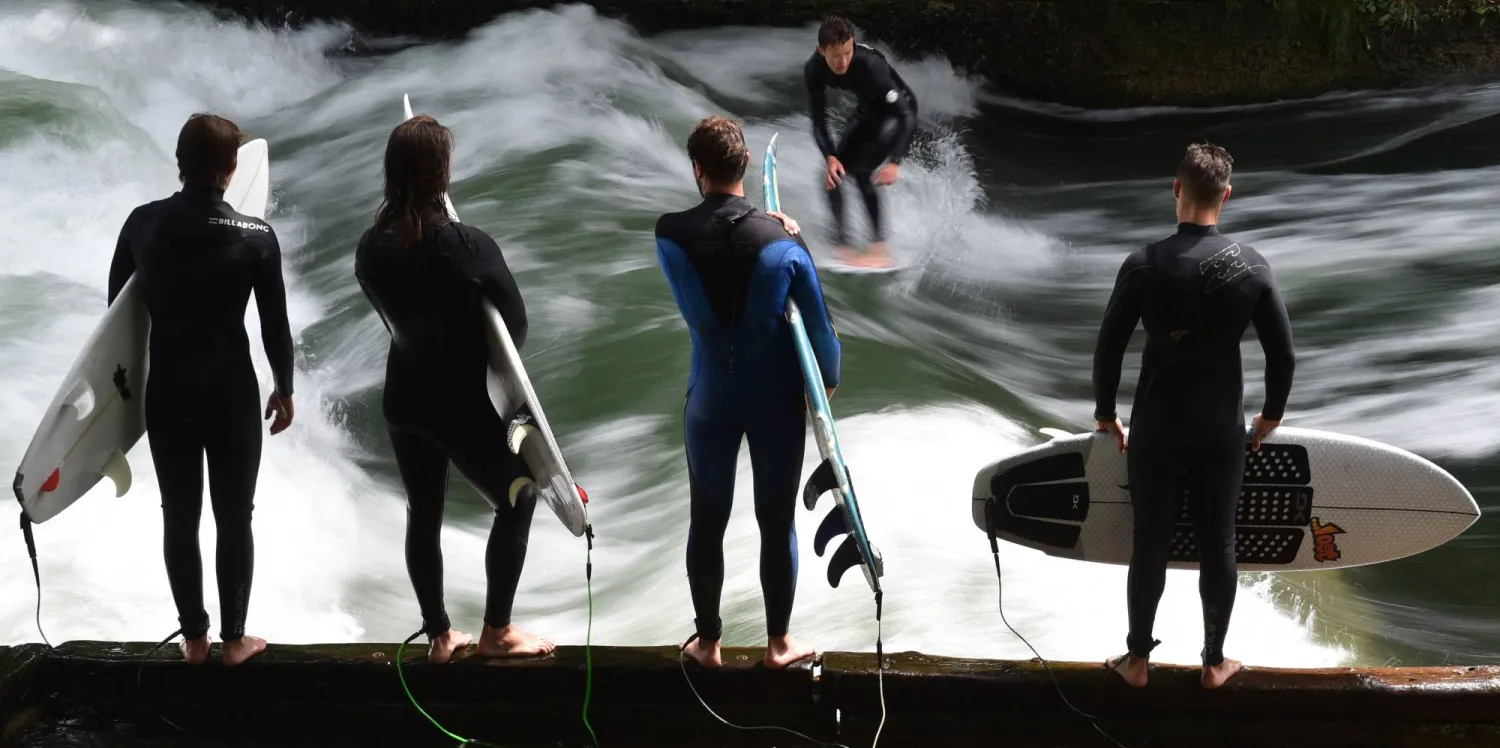The Mount Lewotobi Laki Laki volcano in south-central Indonesia erupted three times into Friday, sending an ash column 8,000 meters (26,200 feet) high and prompting authorities to expand the danger zone around the volcano.
The volcano on the remote island of Flores in East Nusa Tenggara province has had hundreds of earthquakes and visible volcanic activity has significantly increased in the last seven days.
An eruption followed by an explosion was heard Thursday evening as far away as Larantuka and Maumere, two cities about 50 kilometers (31 miles) to 85 kilometers (53 miles) from the volcano. The eruption was recorded at several monitoring stations on Flores island, Muhammad Wafid, chief of Indonesia’s Geology Agency, said in a statement.
There were two other eruptions, and smaller activity occurred during the day Friday. Smoke blew around the crater with weak to moderate pressure, and firelight was seen at the peak, indicating the glowing volcanic material was at a shallow depth.
Authorities raised the eruption alert to the highest level and expanded the danger zone from 7 kilometers (4.5 miles) to 8 kilometers (5 miles) from the crater. No new evacuations were ordered.
Several airlines canceled flights between Australia and Indonesia’s tourist island of Bali, while other international and domestic flights to the island have been delayed.
Residents were warned to be vigilant about heavy rainfall triggering lava flows in rivers originating from the volcano, Indonesia's geology agency said in a statement.
An eruption of Mount Lewotobi Laki Laki in November killed nine people and injured dozens.
The 1,584-meter (5,197 foot) mountain is a twin volcano with Mount Lewotobi Perempuan in the Flores Timur district.
Indonesia is an archipelago of 270 million people with frequent seismic activity. It has 120 active volcanos and sits along the “Ring of Fire,” a horseshoe-shaped series of seismic fault lines encircling the Pacific Basin.







